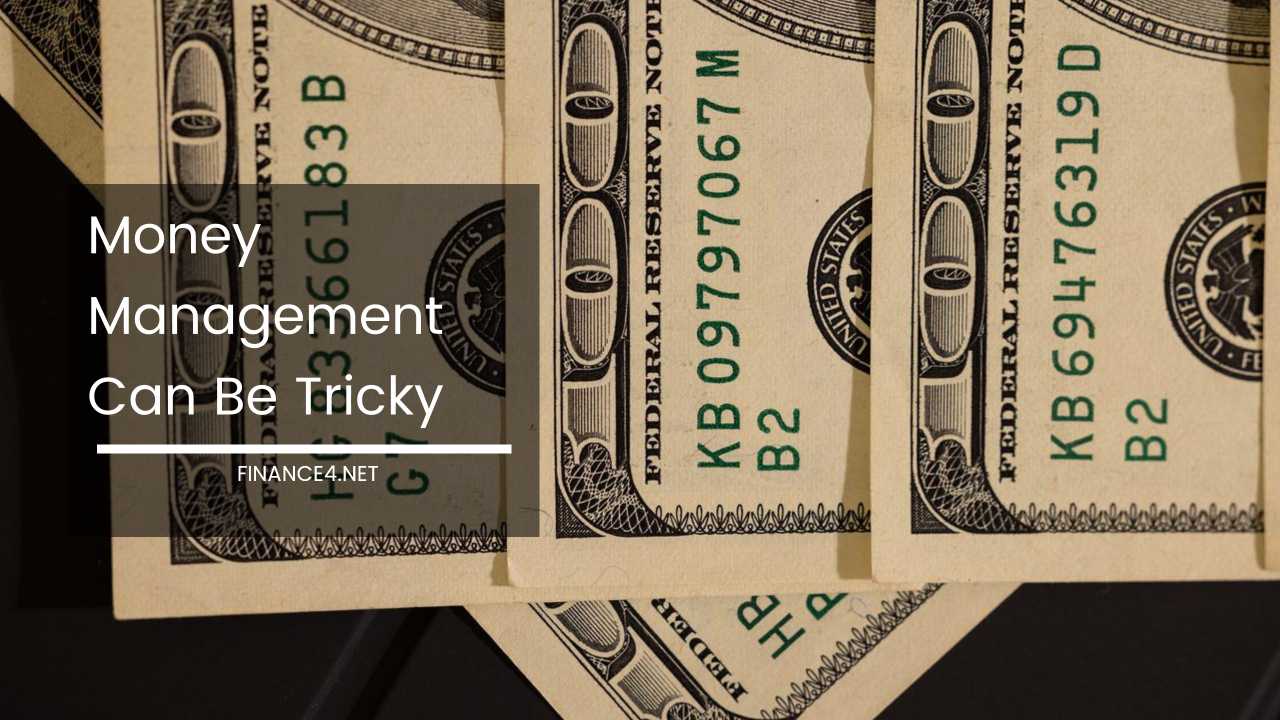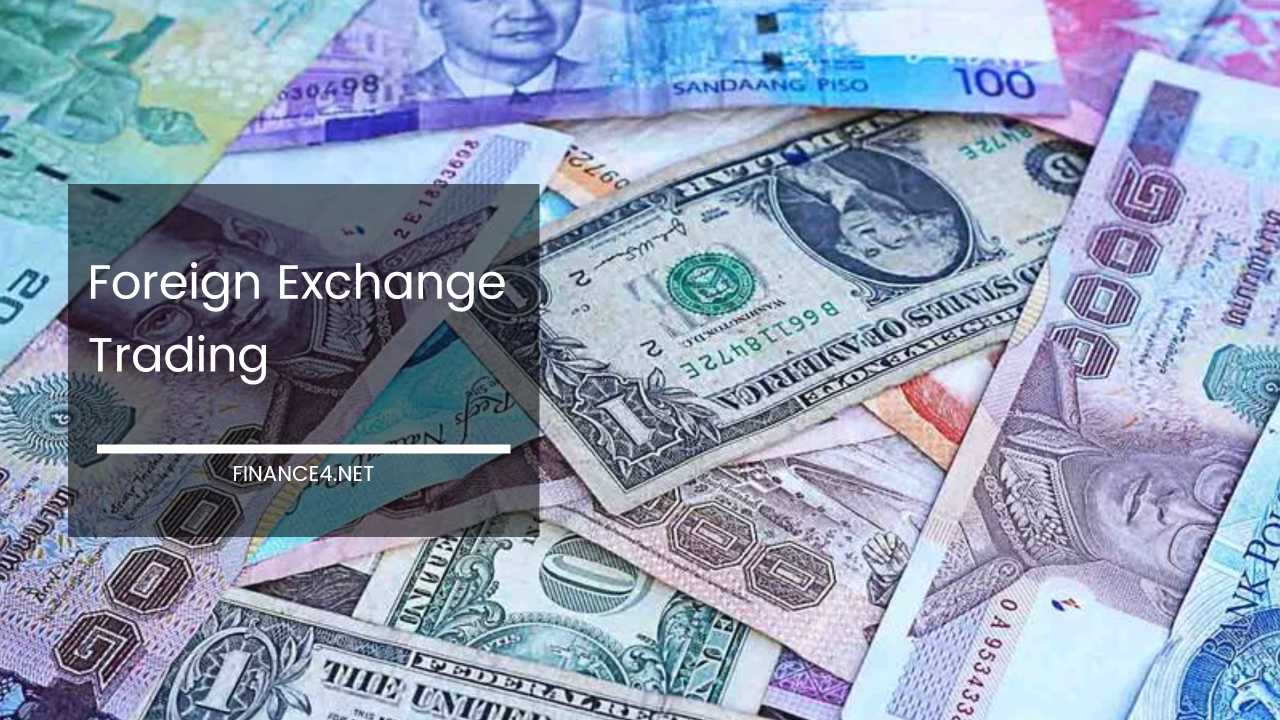Unlock Rewards & Savings: 4 Credit Cards for Better Personal Finance

4 Credit Cards That Can Boost Your Personal Finance
Credit cards often carry a stigma. Mismanaged, they can indeed lead to a debt spiral. But used strategically, credit cards can be powerful tools to improve your financial health. Here’s how:
- Building Credit: Paying your credit card bill on time consistently is one of the easiest ways to build a strong credit score. This score impacts everything from loan approvals and interest rates to insurance premiums and even job applications.
- Rewards and Cashback: Earning rewards on everyday purchases translates to real savings. From cashback on groceries to travel points for dream vacations, credit cards offer lucrative incentives for responsible spending.
- Purchase Protection and Extended Warranties: Many credit cards offer purchase protection against theft or damage and extended warranties on purchases. This can save you money on repairs or replacements.
- Convenience and Security: Credit cards offer a secure and convenient way to pay. They eliminate the need to carry cash and provide a layer of fraud protection compared to debit cards.
But with a plethora of credit card options available, choosing the right ones can be overwhelming. Let’s delve deeper into four credit card categories that can significantly enhance your personal finance strategy:
1. The Everyday Rewards Card: Your Loyalty Companion
This card is ideal for those who want to earn rewards on all their regular purchases. Look for cards with these key features:
- High Cashback Rates: Aim for cards offering at least 1% cashback on all purchases. Some cards offer bonus cashback categories, like groceries or gas stations, where you can maximize your rewards. Consider your spending habits – if you dine out frequently, a card with a bonus cashback category for restaurants could be a good fit.
- No Annual Fees: Many everyday rewards cards come with no annual fees, making them a cost-effective option. However, don’t completely discount cards with annual fees. If the rewards potential significantly outweighs the fee, it could still be beneficial.
- Welcome Bonuses: Some cards offer a welcome bonus for reaching a spending threshold within a set period. This can be a great way to jumpstart your rewards earning.
Example: The Discover it® Cash Back offers a rotating 5% cashback category each quarter (on up to $1,500 in purchases), 1% cashback on all other purchases, and a dollar-for-dollar match on all cashback earned at the end of your first year. Plus, there’s no annual fee.
This card is a good example of an everyday rewards card with a welcome bonus and rotating categories to incentivize spending in different areas.
2. The Groceries and Gas Card: Fueling Savings on Essentials
If a significant portion of your spending goes towards groceries and gas, a dedicated card can be highly beneficial:
- High Rewards on Groceries and Gas: Look for cards offering 3% cashback or more on groceries and gas purchases. This can translate to substantial savings over time. Consider calculating your monthly spending on groceries and gas to estimate the potential rewards you could earn with a dedicated card.
- Annual Fees May Be Justified: Some cards with high rewards on groceries and gas have annual fees. However, if your monthly spending justifies the fee by exceeding the cashback earned, it can still be a good deal. Analyze your grocery and gas spending habits – if they’re consistently high, a card with an annual fee but higher cashback might be the better option.
Example: The American Express® Blue Cash Everyday® Card offers 3% cashback at supermarkets (up to $6,000 per year, then 1%), 2% cashback at gas stations and department stores, and 1% cashback on other purchases. There’s an annual fee, but the rewards potential can outweigh the cost for frequent grocery and gas shoppers.
3. The Travel Rewards Card: Your Ticket to Adventure (and Savings)
For frequent travelers or those with a travel goal in mind, a travel rewards card can be a game-changer:
- Earn Points or Miles: These cards allow you to accumulate points or miles on your everyday purchases, which can be redeemed for flights, hotels, and travel experiences. Consider how often you travel and what kind of travel rewards program best suits your needs. Some programs offer more flexibility in redemption options, while others might be better for specific airlines or hotel chains.
- Airport Lounge Access: Some high-end travel cards offer access to airport lounges, providing a comfortable and convenient space to relax before your flight. This perk can be especially valuable for frequent flyers who often have layovers or long travel days.
- Travel Insurance: Certain travel cards come with travel insurance benefits like trip cancellation/interruption coverage and baggage delay protection. Having this built-in insurance can provide peace of mind and potentially save you money on separate travel insurance purchases.
Example: The Chase Sapphire Preferred® Card lets you earn 2x points on travel and dining purchases and 1x point on all other purchases. It also offers travel credits, airport lounge access with travel partners, and various travel insurance benefits. There’s an annual fee, but for frequent travelers, the perks can outweigh the cost. This example showcases a travel rewards card with a variety of benefits beyond just points accumulation.
4. The Balance Transfer Card: A Lifeline for Debt Management
If you’re carrying a credit card balance with high interest, a balance transfer card can help you consolidate your debt and save money:
- Introductory 0% APR: Look for cards with an introductory 0% APR (Annual Percentage Rate) on balance transfers for a specified period. This allows you to focus on paying down your debt without accruing interest charges. The introductory period is crucial – ensure it’s long enough to make a significant dent in your balance.
- Balance Transfer Fee: Most balance transfer cards charge a fee (typically 3-5% of the transferred amount). Ensure the savings from the 0% APR outweigh the transfer fee. Do the math! Calculate the interest you’d pay on your current card compared to the potential savings from the 0% APR period and the balance transfer fee.
Example: The Citi® Double Cash Mastercard® offers a 0% intro APR on balance transfers for 18 months (then 18.25% – 28.25% Regular APR) and a balance transfer fee (varies).
While this card doesn’t have the longest introductory period, it can still be a good option for those looking to consolidate debt and earn rewards on everyday purchases (1% cashback on all purchases).
Beyond the Basics: Optimizing Your Credit Card Strategy
Remember, responsible credit card use is key. Here are some additional tips to maximize your rewards and avoid debt traps:
- Pay Your Bill in Full Each Month: Avoid interest charges by paying your statement balance in full by the due date.
- Track Your Spending: Monitor your credit card spending to stay within your budget and avoid overspending. Many banks offer mobile apps to conveniently track your spending.
- Don’t Chase Every Reward: Don’t be swayed by flashy marketing and choose a card that aligns with your spending habits.
- Consider Multiple Cards: Having a combination of cards, like an everyday rewards card and a groceries and gas card, can help you maximize rewards in different spending categories. However, manage multiple cards responsibly to avoid juggling payments and potential fees.
Final Thoughts
Credit cards can be powerful tools for building credit, earning rewards, and improving your financial well-being. By choosing the right cards and using them responsibly, you can unlock a world of benefits and watch your finances flourish.
Remember, knowledge is power. Research different card options, understand the terms and conditions, and make informed decisions to leverage credit cards to your advantage.



